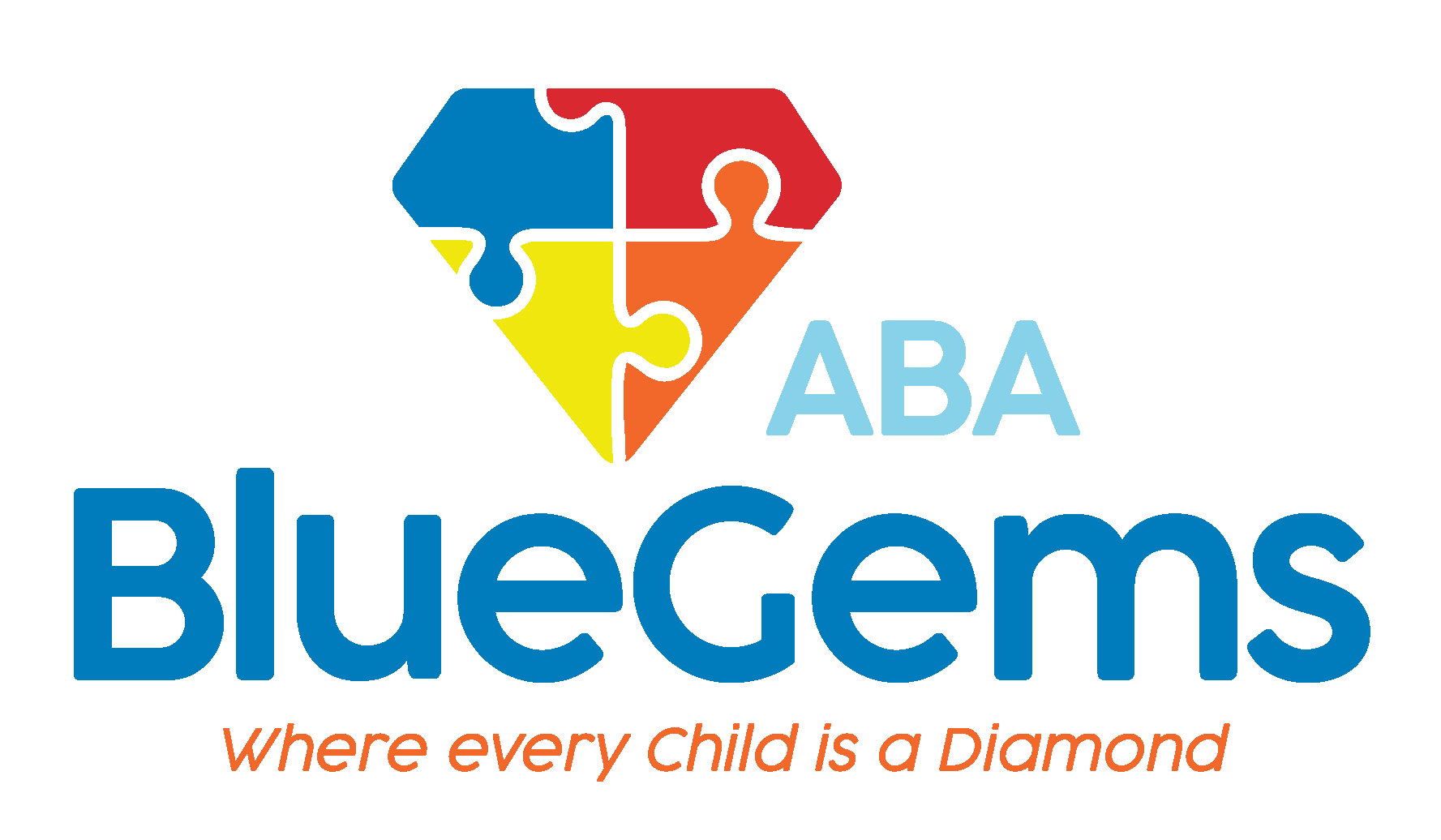Autism Unemployment Rate
Autism spectrum disorder (ASD) is a neurodevelopmental disorder that affects people for their entire lives. It is characterized by traits such as difficulties with social interaction and communication, as well as restrictive interests and repetitive behaviors.
So much of the focus surrounding ASD is on children with autism and how to help support them in the best ways possible. There’s a good reason for this, too, as the more support someone gets when they’re younger, the better they’ll be set up to succeed in the future.
That approach, of course, is effective for any child, regardless of their developmental abilities. Support during crucial younger years has a significant and direct effect on outcomes later in life.
Despite the increased attention being paid to autism in recent years — and advances in research and treatment practices — people with autism still face many obstacles finding and keeping employment.
Table Of Contents
What is the Autism Unemployment Rate?
The autism unemployment rate is considerably higher than the nationwide average.
The National Library of Medicine published a study in 2021 that found that the unemployment rate among people who have autism was about 40%. The national unemployment rate that year was also higher than normal, due to the COVID-19 pandemic, but it still sat at just 5.35% — a far cry from what it was for people with ASD.
Other private entities suggest an even more dire picture, though, with an estimated autism unemployment rate of as high as 85%. That’s quite a staggering figure, to say the least, and shows just how much progress needs to be made not just in supporting people with autism but in providing them with increased employment opportunities.
Why is the Autism Unemployment Rate So High?
Several factors play a role in why the unemployment rate for people with autism is so high.
A major factor is the stigma that still exists with autism, as well as a lack of understanding from employers about autism in general and what amazing things people with ASD can do. In addition, there’s a lack of knowledge about what type of accommodations need to be provided to people with ASD on the job.
Despite the challenges they face, people on the autism spectrum possess outstanding skill and can be big contributors to the workplace. They may need specific support and tools so that they can thrive on the job, and that’s information and knowledge that more employers need to have.
Another factor in the high unemployment rate is that the challenges people with autism commonly face could hold them back in the recruitment and hiring process.
Searching for jobs — whether online or in person —and filling out applications could cause people with autism to get overwhelmed and feel a lot of anxiety. Screening and interviewing processes might also cause similar feelings.
In addition, the challenges that people with autism face with communication — both verbal and nonverbal — could make it harder for them to do well in traditional employment interviews. For example, they may have difficulty decoding facial expressions. This often results in them being passed over for certain job opportunities in favor of other candidates.
What Can Be Done to Improve the Autism Unemployment Rate?
For the autism unemployment rate to improve steadily, employers need to take action. It’s crucial for them to create a workplace culture that’s very inclusive and that expressly attempts to support people who have autism.
Employers should learn about, and understand, what amazing things that people with autism can bring to the table and how they can help their business thrive. By embracing people with autism, employers can actually do so much more than just improve the autism unemployment rate; they can also help to lessen the stigma that’s associated with autism.
The question, of course, is how can employers do this?
They can start by providing education and training to all of their employees about autism as well as other disabilities and conditions. In doing so, they will be playing an active role in increasing the understanding of autism, which in turn increases acceptance and inclusion while reducing stigma.
People are more likely to be supportive and accepting when they are understanding.
Employers also can hire disability consultants and other job coaches who specialize in autism so they can develop individualized support plans for all employees who have autism. The accommodations provided could include quiet workspaces, flexible schedules and even clear guidelines about communication.
More so than anything, employers can help to reduce the autism unemployment rate by actively recruiting people who have autism. They can achieve this by partnering with various organizations who provide support to people with ASD or even creating job posts that specifically ask for people on the autism spectrum to apply.
 Download the printable PDF poster here
Download the printable PDF poster here
Blue Gems ABA Helps People with Autism Build Necessary Job Skills
Despite the challenges they face as a result of their neurodevelopmental disorder, people with autism possess many strengths and skills that can be extremely beneficial to employers. The autism unemployment rate is still very high, but much can be done to improve this from an employer’s perspective.
At the same time, people who have autism can be better supported and learn practical life, communication, social interaction and job skills they need to thrive in a workplace.
At Blue Gems ABA, we help people with autism gain these skills through applied behavioral analysis, or ABA therapy. Our dedicated team of BCBAs administers ABA therapy on a one-to-one basis with children who have autism, helping them gain the skills with which they typically struggle.
To learn more, please contact us today.




